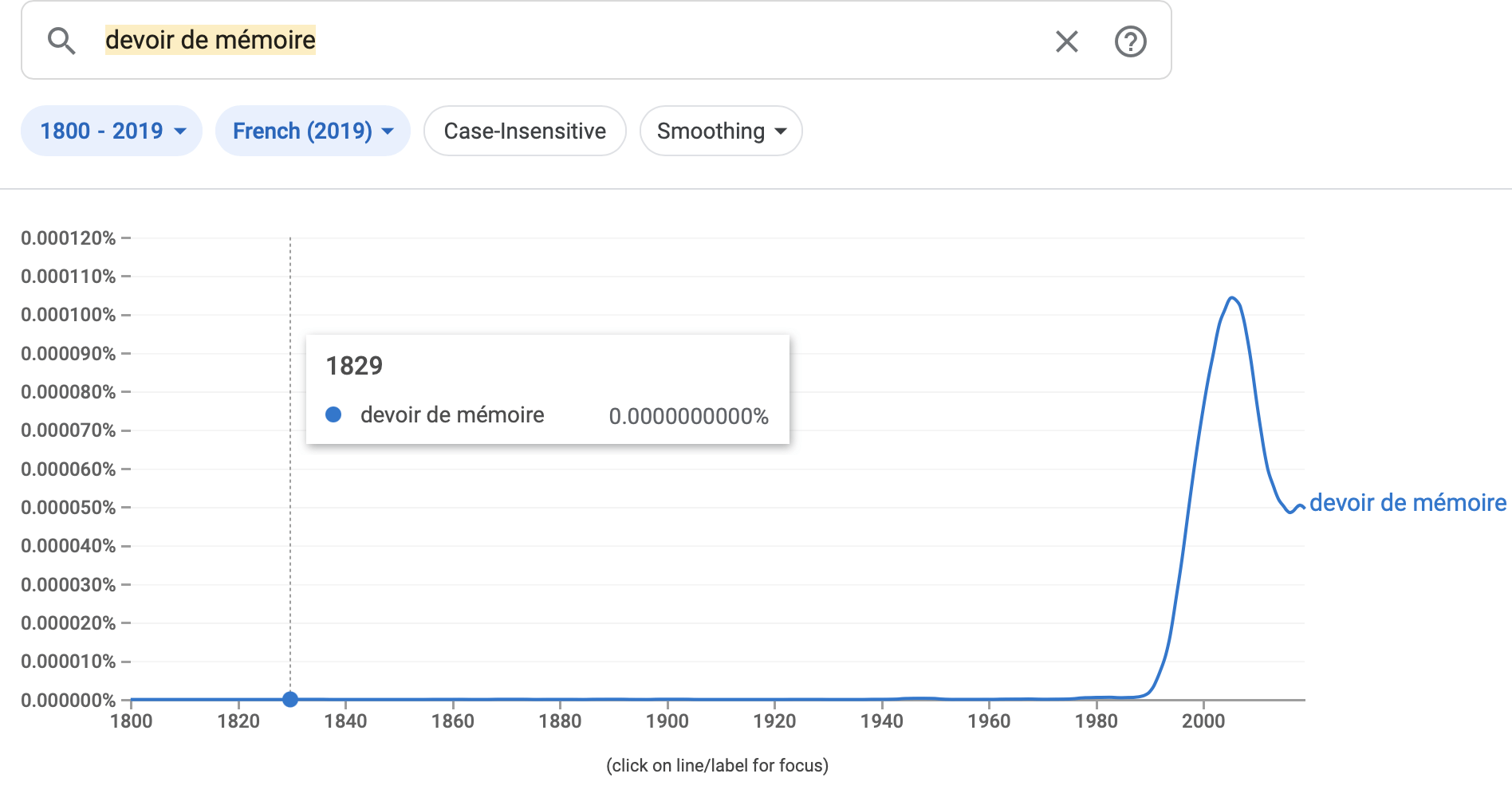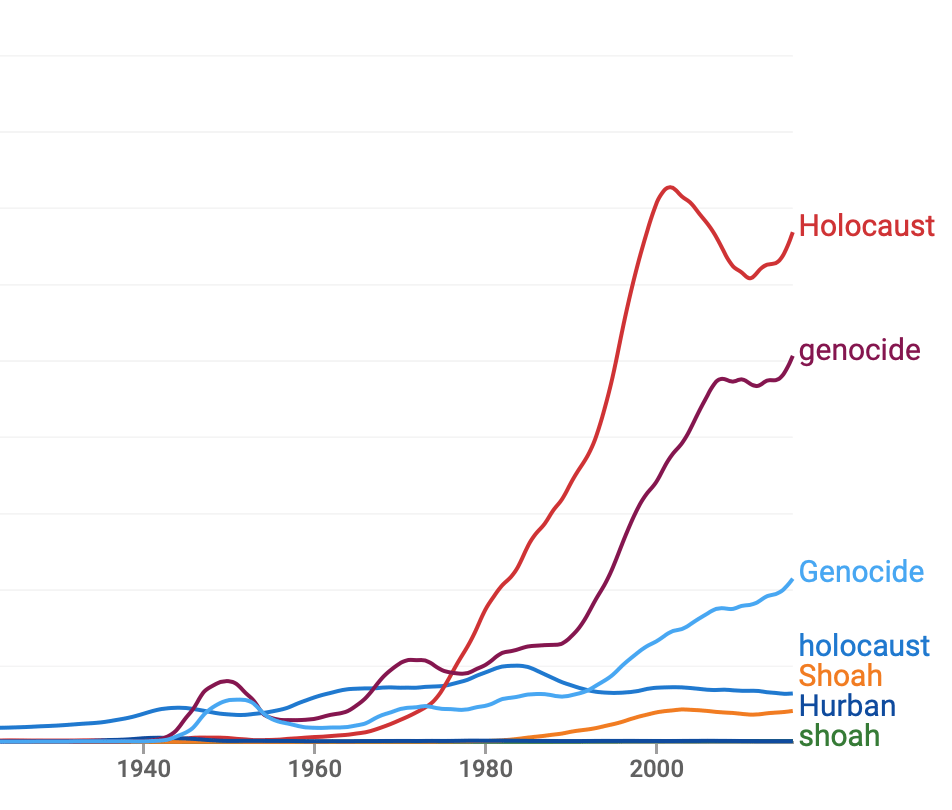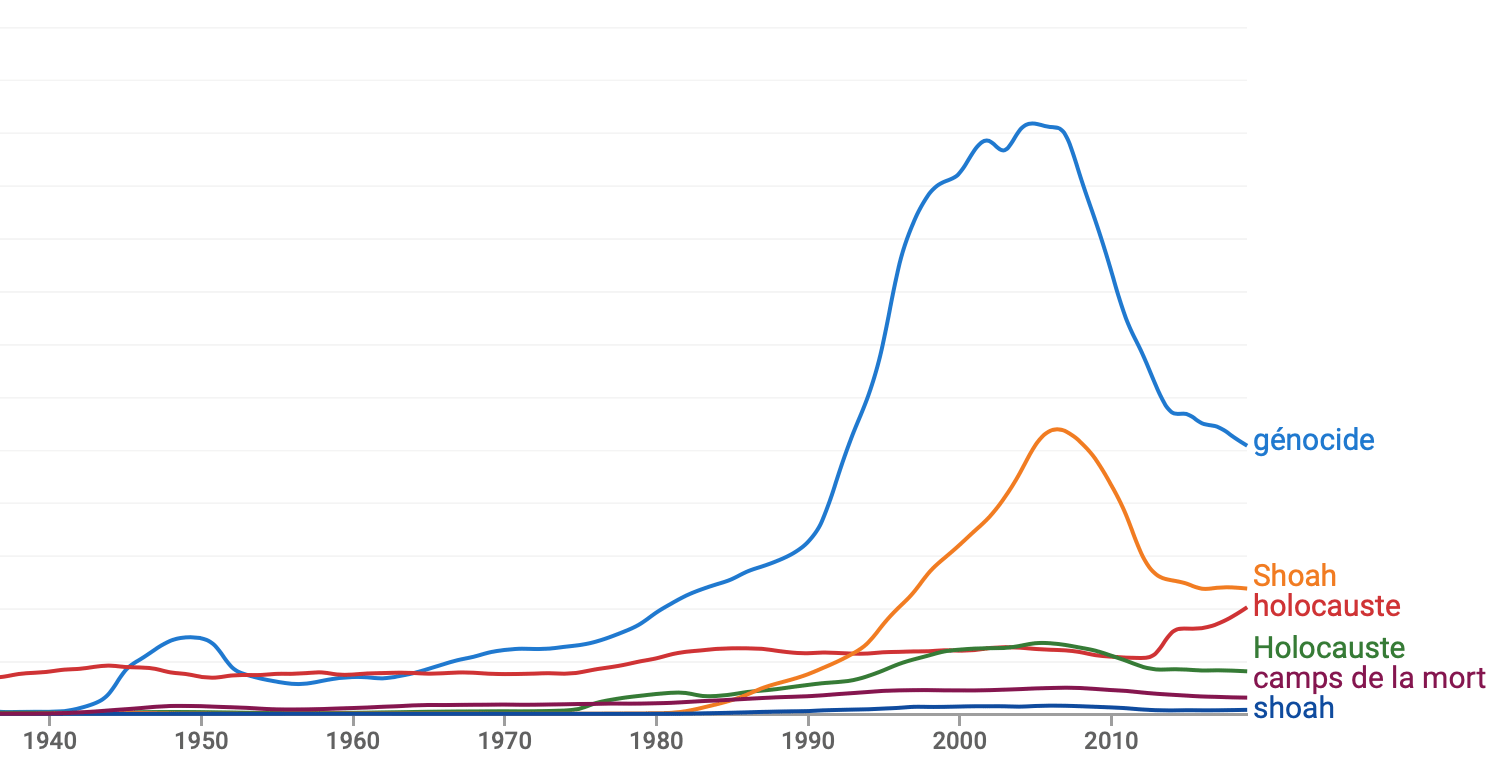(From my journal on Thursday 22 July 2021)
John Patrick Lynch died peacefully at home on the 21st of July. The length of his illness didn’t soften the shock I felt at the news as I was waiting for a driver’s test at the Capitola DMV. It was one vanishing after that of three brothers. Only my imagination keeps them alive. As he said every Thursday before Cowell college night when he was provost: Nil non mortale tenemus pectoris exceptis ingeniique bonis (Ovid, Tristia 3.7.43–44). Or: “We possess nothing that is not mortal except the blessings of heart and mind” (LCL translation). His love of Greek and Latin and his long, great training—starting at eight years old or so—took many forms. Not only did he publish his important book on Aristotle’s school (Aristotle’s School: A Study of a Greek Educational Institution. Berkeley: University of California Press, 1972) under the guidance of first-rate scholars, but he and N.O. Brown were in a class of their own in terms of knowledge of the classics. They would compose in Greek and JPL confided that NOB excelled at it. John was loved by his students and went far beyond the call of duty in encouraging them to achieve their highest possible levels. To teach was his passion. His competitive spirit, in sport and learning, was both fierce and remarkably generous.
Last Thursday before his passing, during one of the so-called great lectures that we watched together every week, he could quote Alexander Pope’s famous verses:
Be not the first by whom the new are tried
Nor yet the last to lay the old aside.
He certainly had the courage and sometimes the impetuosity to try or rather enact the new, in hiring and in supporting people who were confronting difficult circumstances.
In his role as provost, he brought numerous visitors to campus. In particular, he helped us organize an evening with Alan Stivell who was touring the United States alone in 1985 and played his electronified Celtic harp. The show, in the middle of a powerful winter storm, was a complete success. thanks to John’s and Sheilah’s hospitality in the Cowell Provost House. Breton was alive in Cowell for a brief moment.
As Peter Blackshaw said on the occasion of JPL’s retirement:
In so many respects, John fulfilled the true Santa Cruz ideal of teacher/scholar, and he did so with an understated, almost humble form of over-achievement. He truly walked the talk on UCSC’s college vision.
Peter also reminded us on this same occasion that the official UCSC mascot design owed much to John’s teaching:
When student leaders mulled over the establishment of a centralized student government (now the SUA), John provided thoughtful guidance and counsel. And here’s a big one for the history books: when the first SUA voted to put the banana slug on ballot as official mascot, John unwittingly inspired the current, and now official, Fiat Slug design. Indeed, when Cowell student and artist Marc Ratner (Cowell ’87) and I collaborated on the slug design, it was no small coincidence that the slug was wearing glasses and diligently reading Plato.
He became a trusted friend to many faculty across disciplines. He mentioned that aspect in the remarkable chronicle kept in the Regional Project archive at UCSC. His oral history has a passage on the so-called Kervorkian episode, which gives an idea of his occasional impishness and sense that there were limits to what could be done to sustain institutions. The situation in the Literature board of studies had become extremely challenging in the eighties. John was asked to chair but despaired from making any progress, finally leaving a meeting in medias res. “But what are we going to do, John?” was the plea. “Call Jack Kervorkian!” i.e. the doctor who was infamous at the time for helping patients to die.




